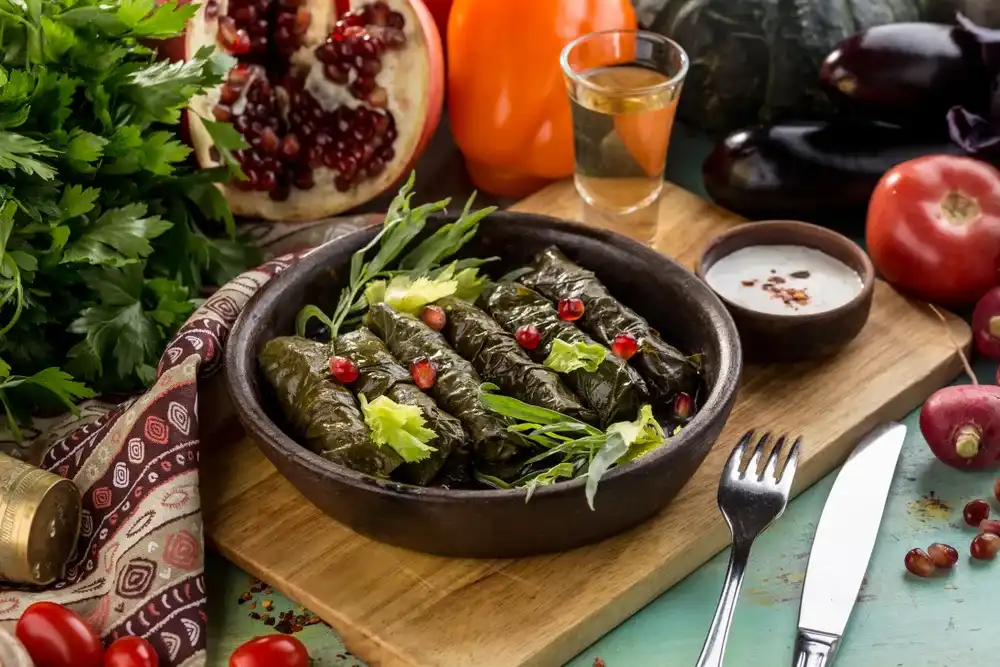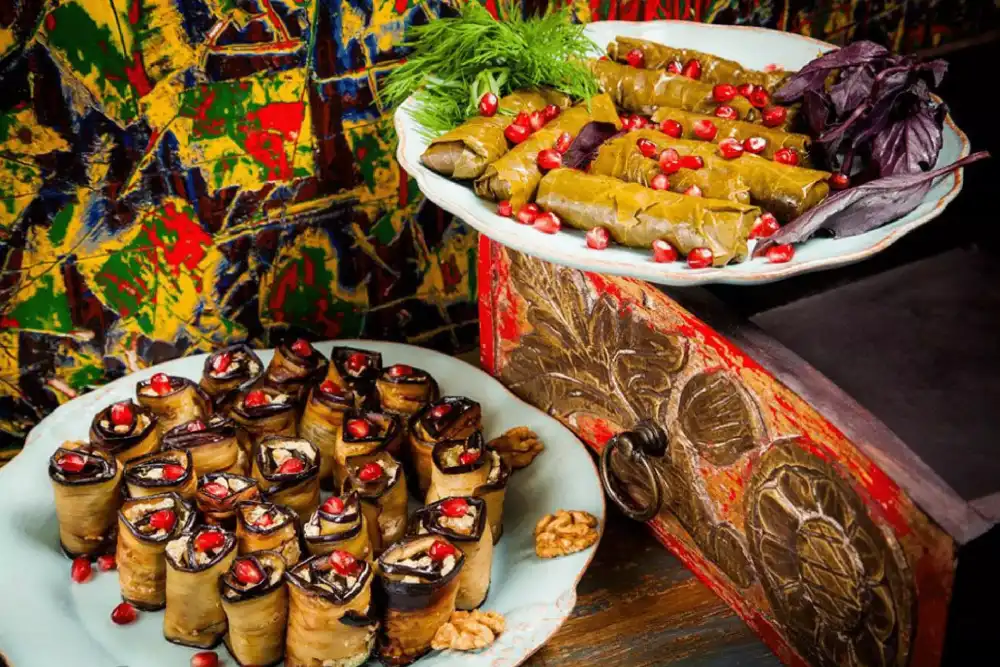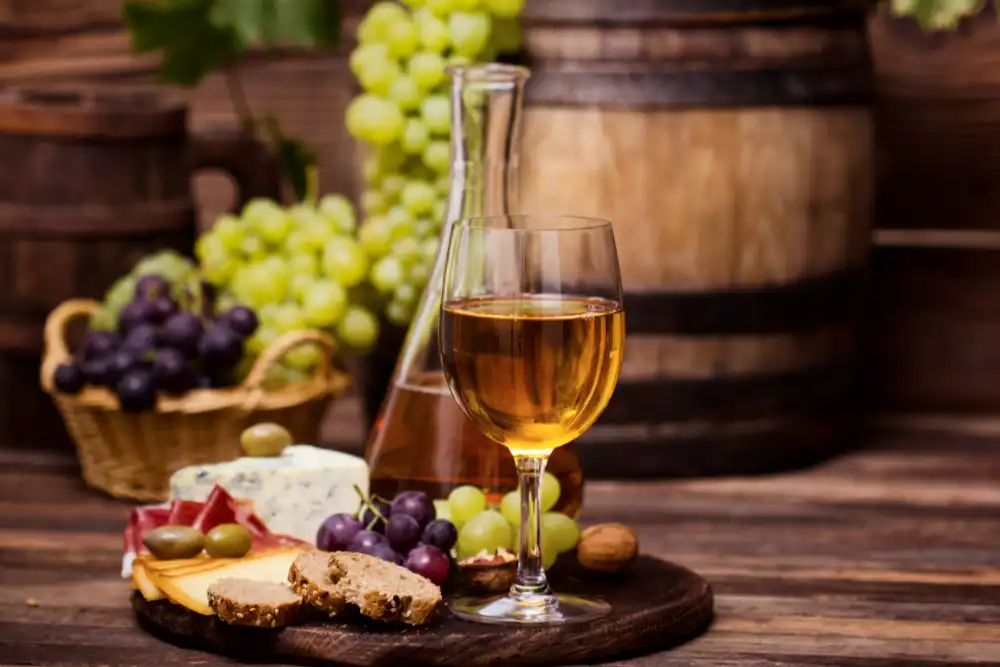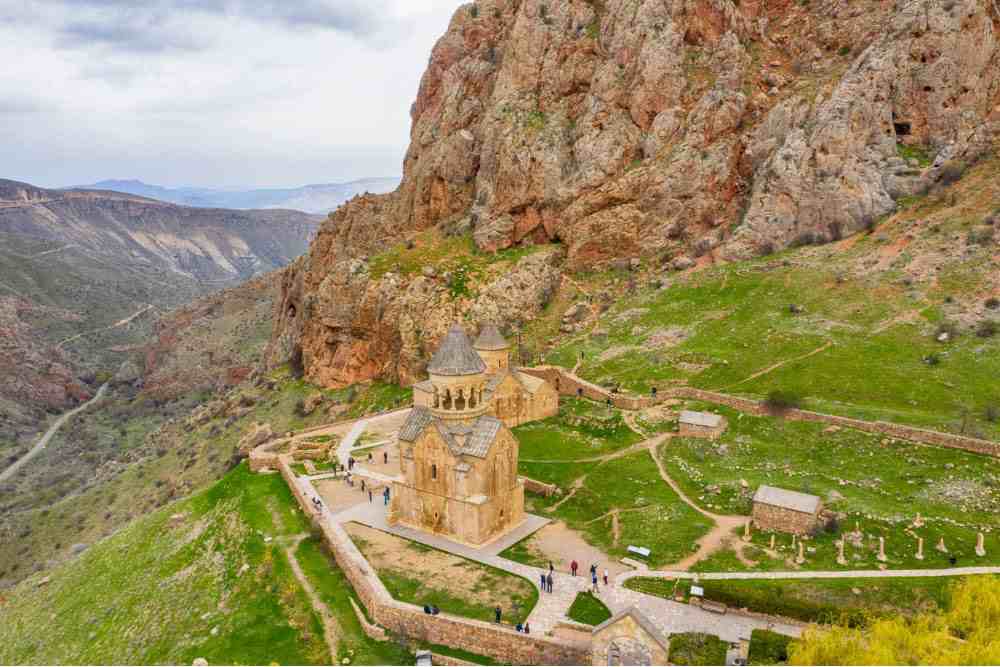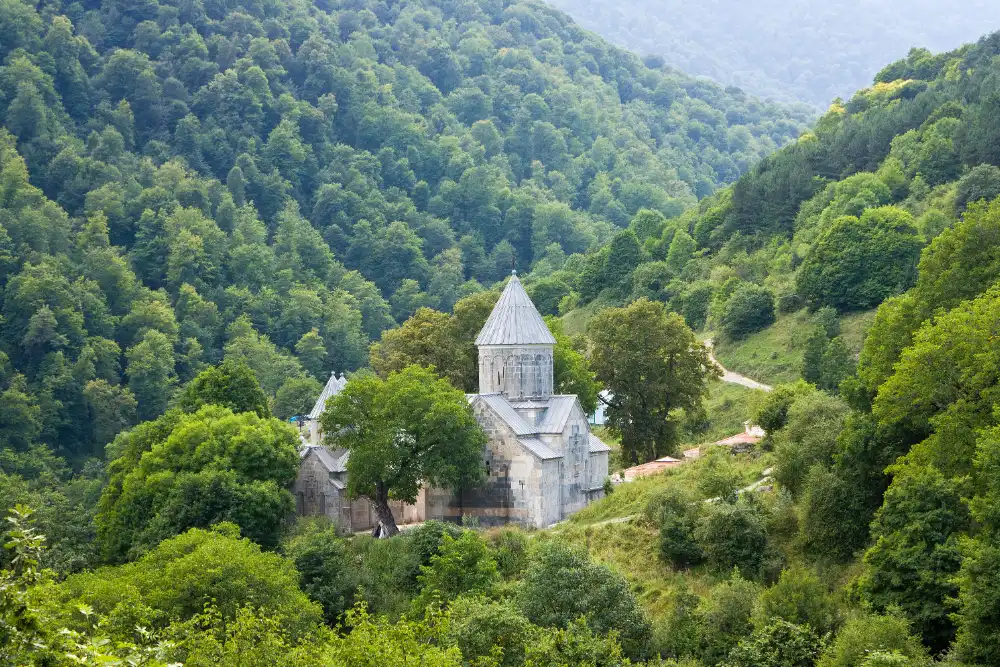Food plays an essential role in Armenian culture, particularly during the holiday season. Rooted deeply in the country’s history and religious practices, Armenian holiday meals have evolved over centuries, reflecting both the nation’s agricultural heritage and the influence of social and political changes. This article delves into the traditional foods served during Armenia’s New Year and Christmas celebrations, as well as how these dishes have evolved over time.
What is the Traditional Christmas Meal in Armenia?
In Armenia, Christmas is celebrated on January 6th, a date that aligns with the Armenian Apostolic Church’s liturgical calendar. Unlike other Christian denominations that celebrate on December 25th, Armenians observe Christmas with a variety of traditional foods, particularly those that symbolize the end of the fasting period.
One of the most notable features of Christmas meals in Armenia is the emphasis on fasting before the celebration. This period of fasting, which lasts until the evening of January 5th, influences the types of dishes that are prepared. Traditionally, the Christmas table features vegetarian and vegan dishes made from grains, vegetables, and fruits. Wheat, in particular, is a symbol of life and abundance, reflecting the agrarian roots of the culture.
What Do Armenians Eat for New Year’s?
Armenians celebrate the New Year on December 31st, a tradition that became widespread in the late 19th century and was further reinforced under Soviet rule. New Year’s Eve meals are a grand affair, combining traditional dishes with modern influences. During the Soviet era, the emphasis shifted from fasting to indulgence, and the New Year table began to feature an array of hearty, meat-based dishes.
One of the most popular dishes for New Year’s in Armenia is dolma—grape leaves stuffed with a variety of fillings, traditionally including minced meat and rice. However, during fasting periods, Armenians would prepare pasuts dolma, a Lenten version made with grains, beans, and dried fruits. The practice of including up to seven different types of grains inside the dolma symbolizes prosperity and abundance for the year ahead.
Alongside dolma, Armenians often serve a variety of other dishes, such as ghapama, a stuffed pumpkin filled with rice, nuts, raisins, and dried fruits. This dish is particularly popular among families with newly married couples, symbolizing fertility and abundance in the household.
Traditional Dishes and Their Symbolism
Armenian holiday meals are rich in symbolism, with many dishes representing blessings for the year ahead. Bread plays a central role, with lavash, a type of flatbread, being a staple on the New Year table. Bread, especially the year bread or tarehats, is considered sacred and is never cut with a knife. It symbolizes the continuity of life and is often baked with a coin or walnut inside to bring good fortune to the person who finds it.
Another symbolic dish is anoush abour, a sweet wheat-based pudding served with walnuts. This dish is often shared with family and friends and is considered a token of sweetness for the year to come. Fresh fruits such as pomegranates, apples, and pears also feature prominently, accompanied by a selection of dried fruits and nuts displayed on a copper tray.
Modern Twist on Traditional Meals
Over the years, the New Year and Christmas feasts have evolved, particularly after Armenia became part of the Soviet Union. Many of the traditional dishes have been supplemented with new ones, such as hummus, baklava, and satsivi, a Georgian dish made with walnut sauce and chicken. These changes were influenced by the diverse culinary traditions of the Soviet republics and the influx of new flavors from Mediterranean cuisine.
Today, the New Year table may feature pork roasts, meat pancakes, turkey, and a variety of salads such as olivier (Russian salad), vinegret, and beetroot salad. While these dishes are delicious, the traditional vegetarian fare is still highly valued, especially among older generations.
A Long-Lasting Tradition of Hospitality
The Armenian tradition of feasting is deeply tied to the culture’s concept of hospitality. When you visit an Armenian home during the New Year or Christmas holidays, you are likely to be greeted with an abundance of food. Women take great pride in preparing these meals, and it is considered impolite to refuse any dish offered.
As Armenians believe that “the way you welcome the year is the way you will live it,” the New Year’s meal is an important ritual that sets the tone for the months ahead. The feast is often accompanied by toasts with wine, cognac, or vodka, and the celebration can last well into the early hours of the morning, as families gather to share food, stories, and laughter.
Conclusion
Armenian holiday feasts are a delightful blend of tradition and modernity, with dishes that carry centuries of meaning and cultural significance. Whether it’s the sacred bread, the symbolic dolma, or the festive ghapama, Armenian holiday meals are a testament to the country’s rich history and enduring customs. If you ever find yourself in Armenia during the New Year or Christmas, prepare for a culinary journey filled with love, symbolism, and the warmth of Armenian hospitality.


